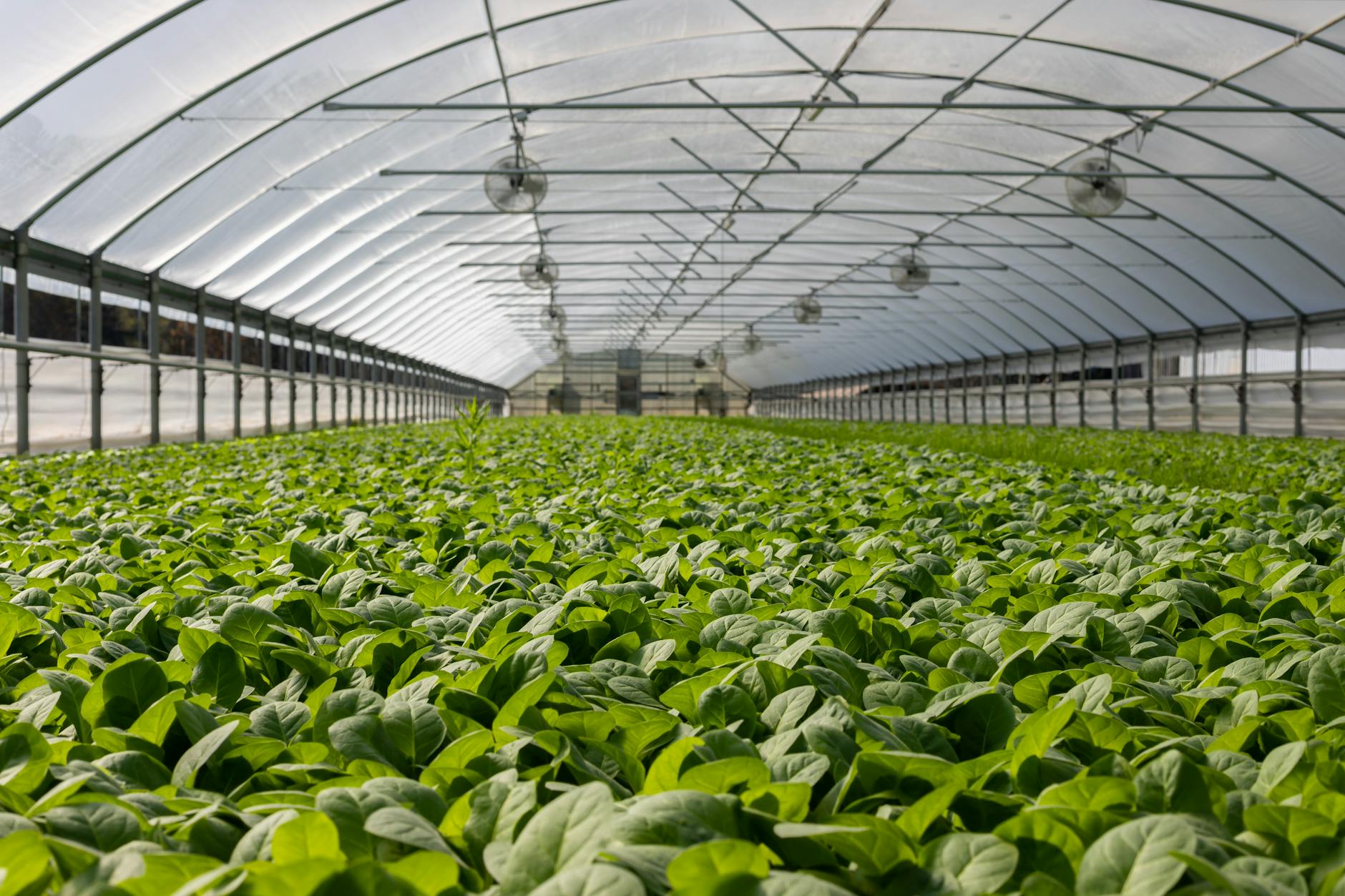Micropropagation- In vitro propagation
The miniature version of conventional propagation
Plant tissue culture is used to maintain or grow plant cells by in vitro cultivation under aseptic and controlled environment conditions. In short plant tissue culture is a collection of techniques used for the production of virus-free plants, for the production of artificial seeds and trangenic pants, for the varietal improvements of plants, and many more.
In other terms, it is an experimental technique through which callus ( a mass of cells) is produced from explant cells. Tissue culture refers to the growth of organs, tissues, and cells in an artificial medium.
Gottlieb Haberlandt is considered a father of plant tissue culture because in 1902 he suggested that “ one could successfully cultivate artificial embryos from vegetative cells”.The idea of Totipotency was conceived by him. He was the first to culture isolated, fully differentiated cells in a nutrient medium.
Micropropagation is a modern plant tissue culture methods used to rapidly multiplying stock plant material to produce many progeny plants. It is an essential technique for the plant breeding program. It is the fastest method of asexual reproduction in comparison to propagation through seeds.
One of the most important applications of plant tissue culture is the micropropagation of plant species and it has attained the status of a large plant-based industry.
Micropropagation such a promising technique to obtain genetically pure elite populations under in vitro conditions. This technique is a miniature version of conventional propagation. Micropropagation of plants through tissue culture technique contributed significantly to the enhanced production of high-quality planting material.
It has now come to stay as an important technique for the rapid production of many commercially important plants like Gladiolus, Eucalyptus, Gerbera, Dalbergia, Freesia, and several important fruit trees and medicinal plants.
Major Steps In micropropagation
- Selection of healthy disease-free mother plant for culture initiation.
- Establishment of aseptic culture.
- Shoot multiplication by using a defined culture medium.
- Rooting of regenerated shoots in vitro and germination of somatic embryos.
- Shoots are separated manually from clusters and transferred in a rooting medium.
- Acclimatization or hardening by transfer of plantlets to the natural environment.
Advantages of Micropropagation
- Allows rapid and large-scale production of desired horticulture varieties.
- Helps to produce genetically uniform plants i.e. clones and development of genetically transformed plants I,e, transgenics are be produced with the help of this technique.
- Allow rapid multiplication.
- Provides a reliable and economical method for maintaining pathogen-free plants.
- Plant multiplication can continue throughout the year irrespective of seasons.
- Multiplication of plants can occur in a small space in a tissue culture lab because each flask can accommodate hundreds of plantlets.
- Micropropagation facilitates the international exchange of germplasm without the inherent risk of spreading diseases and pathogens.
- Stocks of germplasm can be maintained for many years.
- Plants with very small seeds like orchids are propagated from seed in sterile culture.
- Useful to produce sterile plants that do not produce viable seeds.
Micropropagation is true to the type of propagation of selected genotypes using small pieces of tissues that can be used to raise hundreds and thousands of plants in a continuous process.
References :
Bhojwani, S.S. and Razdan, M.K. 1982.Plant Tissue Culture: Theory and Practice. Elsevier Sci. Publ. Amsterdam .p1–520
NE Borloung, Plant Physiology 124(2),487–490,2000

Useful Content
ReplyDeleteSuperbb
ReplyDeleteThe information in the post you posted here is useful because it contains some of the best information available. Thanks for sharing it. Keep up the good work. pls visit our website wild bird food.
ReplyDeleteA very delightful article that you have shared here.Succulents Sydney Your blog is a valuable and engaging article for us, and also I will share it with my companions who need this info. Thankful to you for sharing an article like this.
ReplyDeleteThis post is really awesome. Genuinely i like this blog. It gives me more useful information. I hope you share lots of things with us .Cultural Exchange Program
ReplyDeleteأنا ممتن جدًا لك لتقاسم هذه المعرفة الضرورية. هذه المعلومات مفيدة جدا للجميع. لذا يرجى دائما مشاركة هذا النوع من المعلومات. شكرا مرة أخرى لتقاسمها. الرجاء زيارة موقعنا على الإنترنت سعر رول الفينيل للأرضيات
ReplyDeleteIt is what I was searching for is really informative. Somatic Psychotherapy Training It is a significant and useful article for us. Thankful to you for sharing an article like this.
ReplyDeleteExtremely useful information which you have shared here about Plant Tissue Testing Services This is a great way to enhance knowledge for us, and also beneficial for us. Thank you for sharing an article like this.
ReplyDeleteI admire this article for the well-researched content and excellent wording. I got so involved in this material that I couldn’t stop reading. I am impressed with your work and skill. Thank you so much.Cell Culture Flasks
ReplyDeleteI just need to say this is a well-informed article which you have shared here about hoodies.eucalyptus garland It is an engaging and gainful article for us. Continue imparting this sort of info, Thanks to you.
ReplyDeleteI just need to say this is a well-informed article which you have shared here about hoodies.eucalyptus garland It is an engaging and gainful article for us. Continue imparting this sort of info, Thanks to you.
ReplyDeleteThanks for sharing the best information and suggestions, it is very nice and very useful to us. I appreciate the work that you have shared in this post. Keep sharing these types of articles here.
ReplyDeleteDNA Diagnostic Laboratory
This article contains a great deal of significant data. I'm stunned by the nature of the data and furthermore it is a helpful article for us, Thanks for share it.Rancho Tree Removal
ReplyDelete